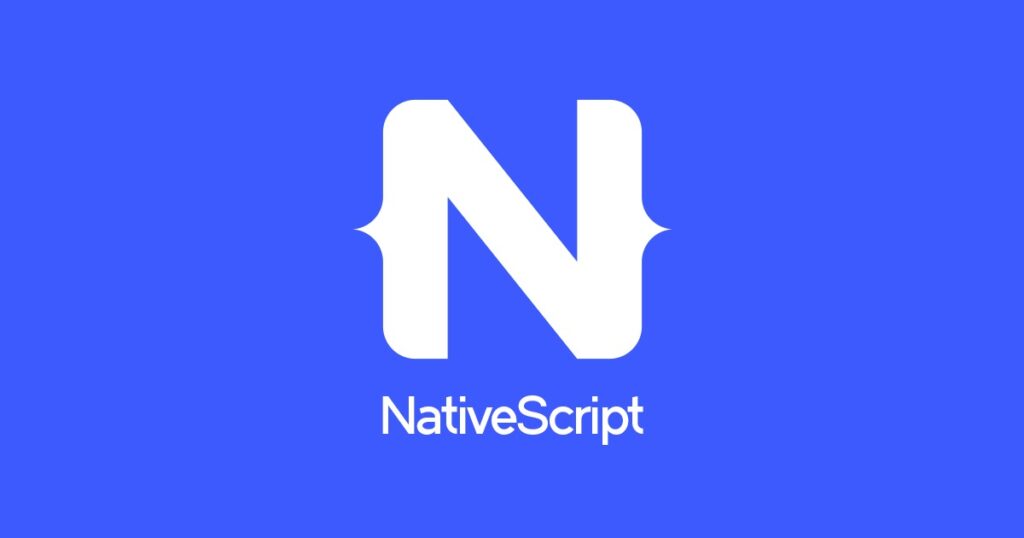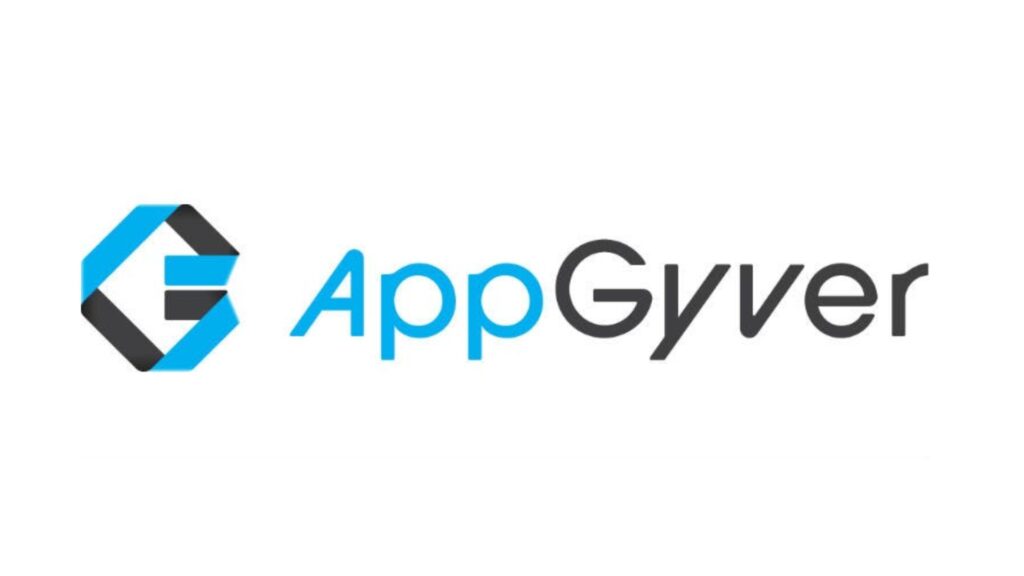
Cross-platform development has revolutionized the tech industry, enabling developers to write code once and deploy it across multiple platforms. Flutter has emerged as a leading framework in this space, lauded for its fast development cycle and beautiful UI designs.
However, it’s not the only player in the game. This blog post is dedicated to exploring the top five Flutter alternatives for cross-platform development in 2024, offering a comprehensive guide for developers seeking to diversify their toolkit.
Table of Contents
1. Xamarin
Xamarin, a brainchild of Microsoft, stands out as a robust cross-platform development framework. It’s a haven for developers proficient in C# and .NET, offering seamless integration with these languages. The framework’s prowess lies in its ability to provide native performance and access to platform-specific APIs, ensuring that your apps feel genuinely native on each platform.
Moreover, its extensive ecosystem and community support make it a reliable choice. However, it’s worth noting that Xamarin might have a steeper learning curve for those not familiar with C# or .NET, and the larger app size could be a drawback for some projects.
2. React Native
React Native has firmly established itself as a stalwart in the realm of cross-platform development. Originating from Facebook, it allows developers to craft mobile apps using JavaScript and React, promoting a single codebase for both iOS and Android.
The framework is renowned for its rich library of pre-built components and a vast array of third-party plugins, streamlining the development process significantly. React Native excels in delivering near-native performance and an engaging user experience. However, developers may occasionally grapple with performance bottlenecks and the need for native coding for certain functionalities. You ought to try both if you want to discover who wins in a Flutter vs React battle.
3. NativeScript

Source: notes.devlabs.bg
Dive into the world of NativeScript, a compelling framework that leverages JavaScript, TypeScript, or Angular for crafting stunning apps. Its standout feature is the direct access it provides to native APIs and UI components, empowering developers to build truly native apps without compromising on performance.
NativeScript offers flexibility, allowing the choice between web or native UI components, making it a versatile option for various project needs. While it’s a powerful tool, developers might find the learning curve a bit steep and the community smaller compared to other frameworks, which could influence the availability of resources and support.
4. Kotlin Multiplatform Mobile (KMM)
Kotlin Multiplatform Mobile (KMM) is making waves as an emerging contender in the cross-platform development arena. Stemming from Kotlin’s success in Android development, KMM aims to harmonize the development process by allowing code sharing between Android and iOS apps.
This approach significantly reduces development time and ensures consistency across platforms. Despite being relatively new, KMM shows immense potential, backed by JetBrains and the Kotlin community. However, it’s essential to consider its nascent ecosystem and the current pace of adoption when evaluating it for your project.
5. Appgyver
Appgyver introduces a paradigm shift in cross-platform development with its no-code or low-code approach. This platform is a godsend for those looking to create apps visually, eliminating the need for extensive coding knowledge. It’s particularly adept at rapid prototyping and catering to smaller-scale projects, making app development more accessible than ever.
However, while Appgyver democratizes app creation, it may not suffice for highly complex applications or those requiring intricate custom functionalities, which typically demand a traditional coding approach.
Conclusion
As we navigate through the evolving landscape of cross-platform development, it’s clear that Flutter is not the sole contender. Xamarin, React Native, NativeScript, Kotlin Multiplatform Mobile, and Appgyver each bring unique strengths to the table, addressing diverse project needs and developer preferences.
When selecting the framework that best aligns with your project, consider factors such as language proficiency, performance requirements, and the specific nature of the app. By doing so, you’ll ensure a development journey that is not only efficient but also tailored to your vision.









